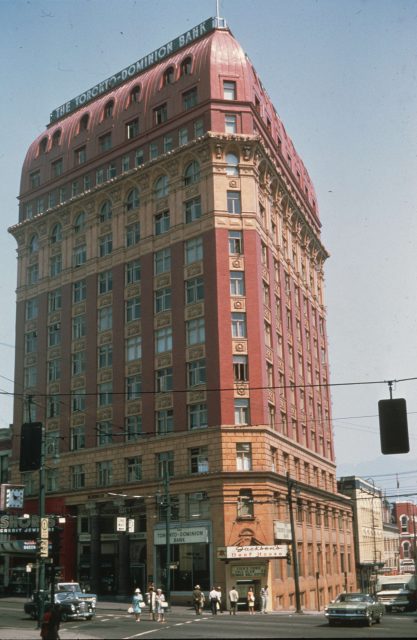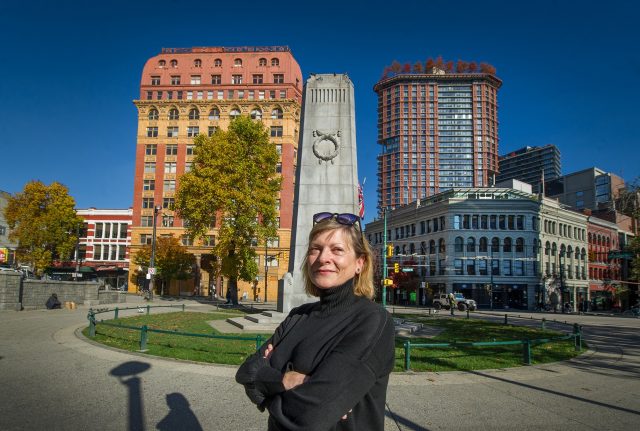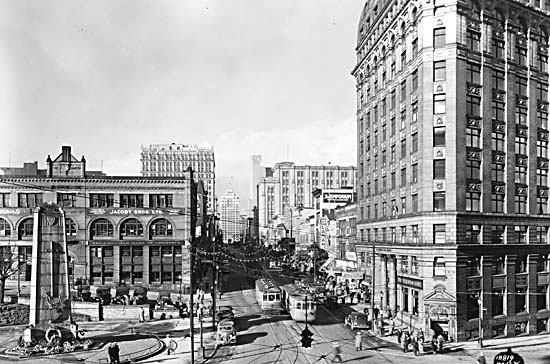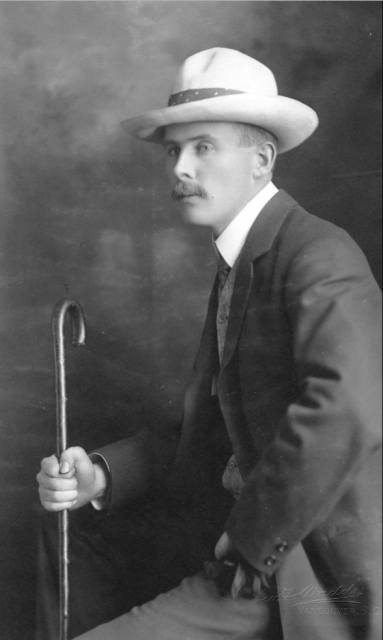Mayor Gerry McGeer lived at 4812 Belmont Avenue in Point Grey between 1927 and his death there in 1947. At around 10:00 pm on June 17, 2022 the house burned to the ground. It was unoccupied and apparently under renovation after not getting a demolition permit.

Sixth most expensive listing:
As of August 2014, the property at 4812 Belmont is apparently the 6th most expensive listing in Vancouver. I’m not surprised—it’s a street that’s always attracted big money. According to the listing it’s a “great investment property” with a killer view and over 8,200 sq.ft. of living area including six bedrooms and a conservatory. The listing suggests that new owners either renovate the 1920 property or “build” their own “dream residence.” (The listing shows the view, not the house).
What the listing doesn’t mention is that one of our most colourful Mayors—Gerry McGeer lived in the house from 1927 to his death while still in office in 1947.
As I wrote in Sensational Vancouver, McGeer was a lawyer and later a Member of Parliament, Senator and Member of the Provincial Legislative Assembly. He ran against L.D. Taylor for Mayor in 1934 and won. He’s remembered for reading the Riot Act to a bunch of unemployed men at Victory Square the following year.
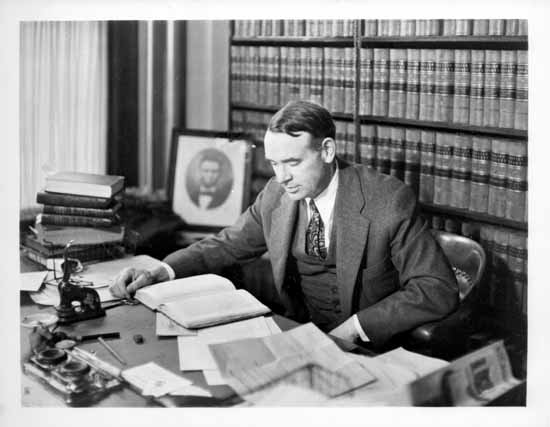
Mayor Gerry McGeer:
McGeer pushed for the new site of City Hall at its current Mount Pleasant location and raised much of the $1.5 million through Baby Bonds. In a pitch to investors in June 1935, McGeer told the Vancouver Sun: “Work and wages mean better times and prosperity, and is the correct answer to Communism. In raising $1.5 million for a City Hall, sewers, parks, and lanes, we are providing work and wages…to improve your city.”
McGeer and his wife Charl, daughter of department store magnate David Spencer, paid $25,000 for the house. He parked his Stutz Bearcat—a black, long, low and sleek four-door car with windows made of shatterproof glass in the new garage.
McGeer was a notorious drinker and was said to stash his whiskey in the garden.
McGeer ran again and was elected in 1946.
According to a 1986 biography, Mayor Gerry, McGeer’s daughter Pat recalls that the 59-year-old Mayor had come in to her bedroom to say good night and talk about his recent trip. He reached for a large bottle of eau-de-cologne on her dresser and downed it in one swig. The next morning McGeer’s chauffeur found him dressed in pajamas lying dead on the couch in his Belmont Street study.
Cause of death was massive heart failure.



